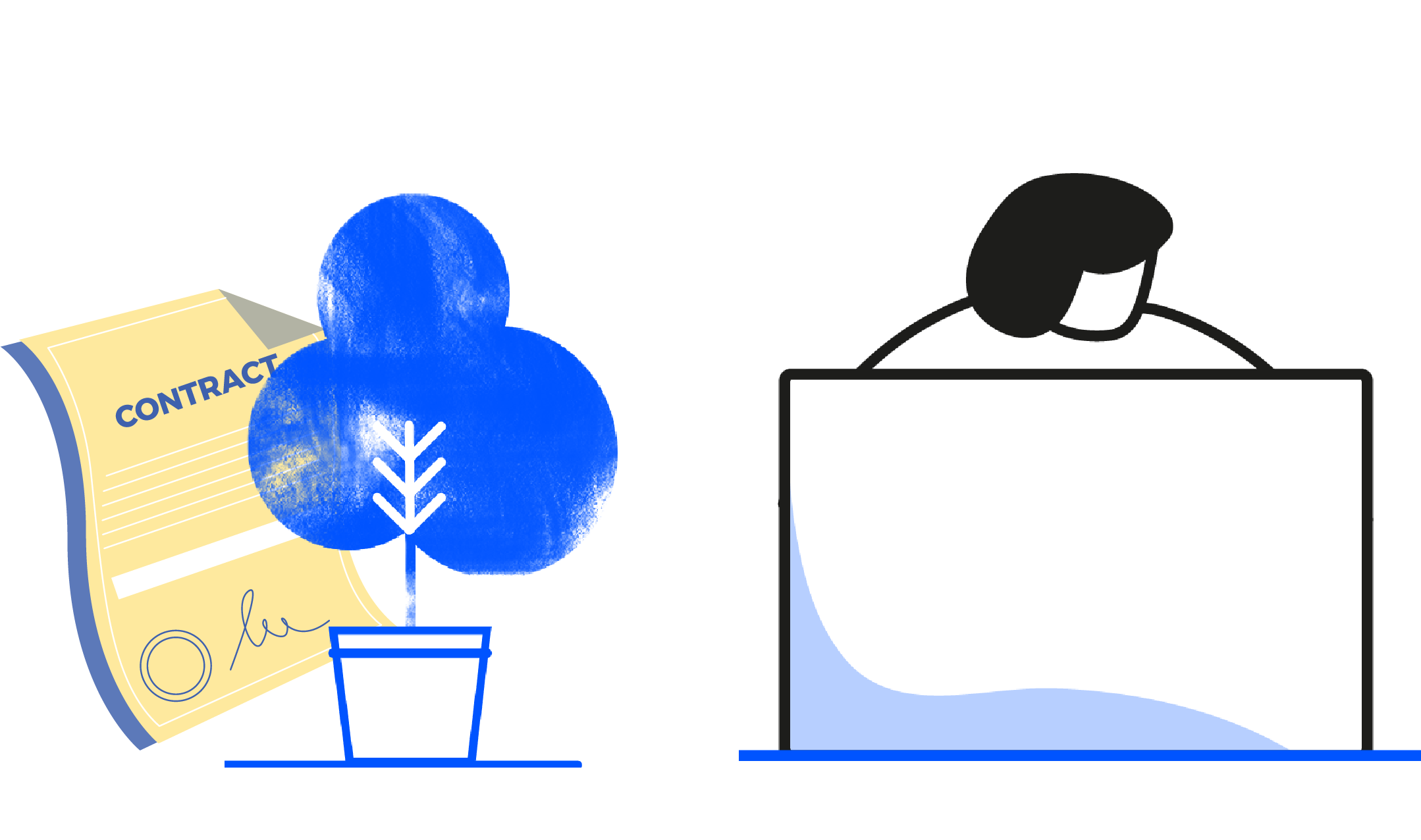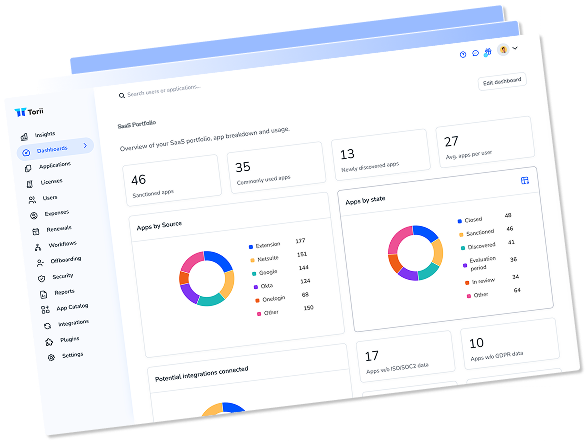Today, almost every cloud application is bought as a subscription. This means you pay monthly or annually for access to the software but don’t actually own it. But is this a bad thing?
Subscription models are actually ideal for organizations because they…
- Reduce the upfront cost
- Ensure your organization always has the latest software
- Make adding and removing users a quick and painless process
But your ideal relationship with subscription models might turn sour when your organization stops using (and ultimately forgets about) an app but keeps paying the subscription price!
But, why would you do that?
Unfortunately, this problem is more common than you may think.
With IT lacking full transparency into most SaaS subscriptions, apps are bound to be forgotten. Perhaps the original app owners left the company, or usage slowly dwindled. Either way, the point is you suddenly get a surprise contract renewal, a major charge to the credit card, a hefty invoice, and a miserable realization that you’ve wasted a lot of money.
So, how can you ensure that surprise contract renewals don’t bleed your budgets dry and leave the CFO knocking at your door?
Here are three steps to take back control of your SaaS renewals, and maybe even gain the upper hand in your next contract negotiation. 😉
But First… Build a Process (And Stick to It)
If you take one thing away from this article, it should be the importance of building a process! Most SaaS surprises happen due to a lack of planning. Make sure you acknowledge the realities of Shadow IT within your organization and take steps to communicate transparently about all the applications currently hidden across various departments. (Learn more about Shadow IT and what to do about it here).
As you’re discovering your organization’s apps, make sure you’re:
- Getting executive buy-in
- Recording your process
- Establishing a calendar of contract renewal reviews
Remember, these steps are part of an ongoing process. It’s important to keep your records up-to-date, reflecting any changes in your organization’s apps, vendors, and renewal dates.
Once you’ve gotten this important pre-step out of the way, it’s time to enact the following three steps…
3 Steps to Eliminate Surprise SaaS Contract Renewals For Your Business
1. Create a Single Source of Truth (SSOT)
Where does your SaaS information live? Chances are, you have a single spreadsheet with a lot of the info (SaaS names and onboarding dates) but still find yourself having to navigate to each SaaS app’s admin panel to uncover anything meaningful about them.
Not only is this process outright frustrating and time-consuming, but it may also lead to costly human errors along the way. Just one simple input mistake and…boom! You’ve missed your chance to cancel an unused subscription and are locked in for another month or year, practically flushing your money away.
In order to avoid these issues, you need to have a Single Source of Truth for all of your app information.
What is a Single Source of Truth? A Single Source of Truth is a place where all your relevant information lives, and, most importantly, where all of your data is normalized and completely trustworthy.
To ensure your SSOT’s trustworthiness, consider keeping it controlled with restricted editing privileges, or better yet, develop a SSOT that pulls information directly from your individual apps so humans are touching the data as little as possible.
For example, Torii is a SaaS Management Platform (SMP) in which users will store all of their relevant contract information for each individual application used by the organization, including renewal dates, license info, and usage data (more on that shortly).
Not only do SMPs centralize your information, but they also allow you to instantly act on gained insights such as canceling a subscription or removing unused licenses all within the same platform. This means no more fumbling through multiple files to cross-check app info, or constantly worrying about human errors or missed renewal dates!
2. Look at the Data (And Act Accordingly)
If content is king, data is… divine? I’m not one for wordplay, but the point is, application data is a critical part of finding out if your apps are doing their job.
Just knowing how much you pay for a given application isn’t enough. You should also know which apps employees are using, if they’re getting results, or if the app is largely sitting idle (while charging a fortune).
2.5. Leverage Automation
Here’s the deal.. At one point or another we’ve all created an overly elaborate plan that we swore we’d stick to (from overconfident New Year’s resolutions, to ambitiously time-consuming workflows) but eventually became exhausted, ditching the effort altogether.
The same remains true for SaaS management: overwhelming processes are not sustainable. Instead, you need to develop a process with staying power, and automation is the key to making that happen.
Excitingly, if you have a SaaS Management Platform like Torii, you can actually automate some of the toughest (or most boring) tasks. What’s more, automation helps your data serve a purpose, providing your organization with instantly actionable insights.
For example, Torii not only helps you create a SSOT, but act on it, allowing you to instantly deprovision idle licenses, offboard former employees, collect data anytime a new application is added to your stack (even Shadow IT apps), and more.
3. Assign Owners
Tools, automation, and SSOTs are critical. But, even the best SaaS Renewal process is bound to fail if your team isn’t invested in its success.
That’s why it’s crucial to convey the importance and benefits of managing SaaS renewals to all departments, not just IT, Finance, and Procurement. Remember, the SaaS renewals in question are often used by individual departments that rely on these apps for success.
Keep these departments engaged by assigning app owners within them who understand the importance of a streamlined tech stack as well as its possibilities. This will be most effective if app owners have a place where they can easily see all relevant data and update any important contract information.
Delegating SaaS renewal management this way will not only enhance your SSOT’s credibility (as app owners update contract info), but will also generate innovative, cost-savvy solutions through cross-departmental collaboration.
Conclusion: Say Sayonara to Surprise SaaS Spend
You want SaaS renewals to be as predictable as bad alliterations in a blog post. 🥲
SaaS Management turns this goal into a reality, giving your organization the ability to define a SSOT, collect and analyze app data, and provide visibility for all the relevant app owners within your organization.
Ready to learn more? Check out this article on why 64% of IT pros are anxious to adopt SaaS Management ASAP and request a personalized demo of the Torii Platform to see it in action.

